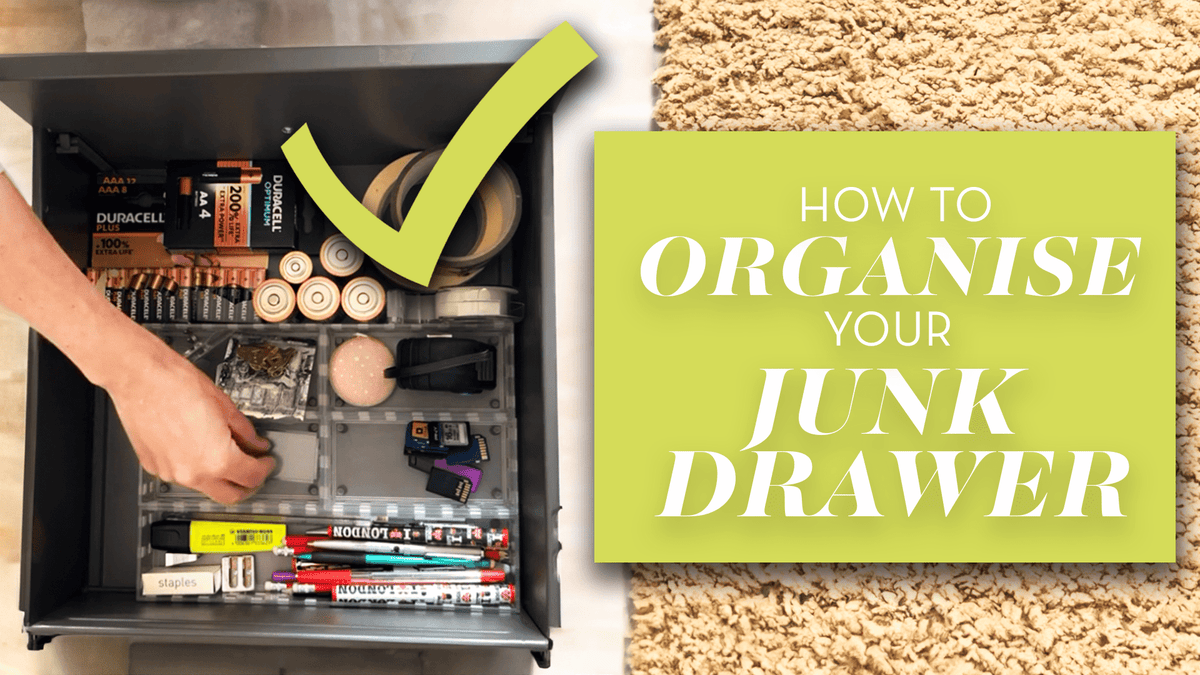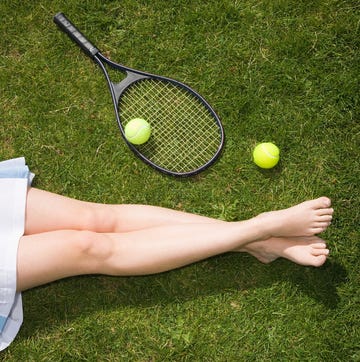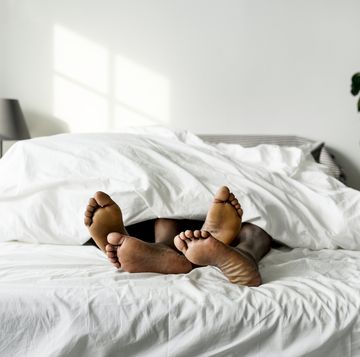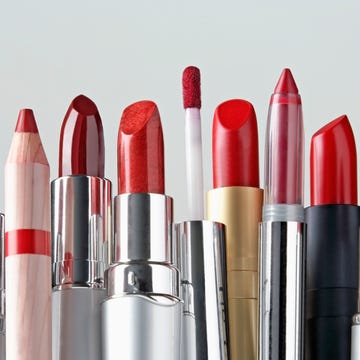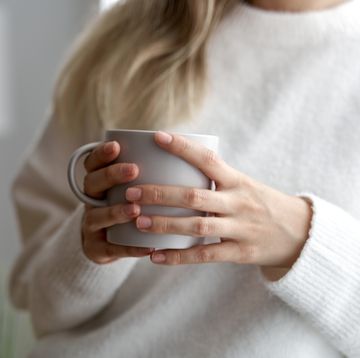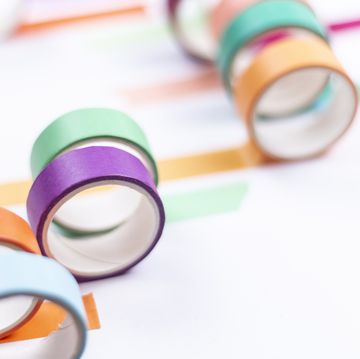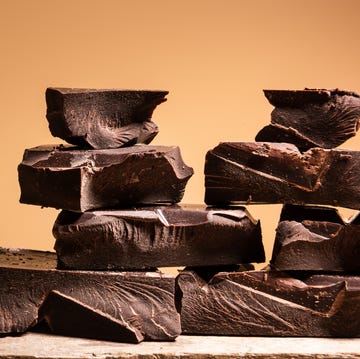Limescale is a permanent feature in most bathrooms. It forms a crust on our taps, fogs up our shower screen and makes our glossy sinks lose their shine. But limescale’s not limited to the bathroom. It reeks havoc in our appliances, too, forming unseen blockages in our dishwashers and leaving floating flakes in our cups of tea.
The good news is, limescale is easy to remove and you don’t need any strong chemicals to do so. Just follow some of the tips and tricks below to keep limescale at bay.
Lemon juice, citric acid and vinegar
Getting rid of limescale doesn’t require expensive cleaning products! Lemon juice, citric acid and vinegar can help you tackle most of your limescale problems — a win for your pocket and for the environment.
Lemon juice, citric acid and vinegar are all acidic, meaning they can break down the calcium carbonate that limescale is made from. Here’s how you can use these green cleaners to your advantage.
It’s worth noting that we’re talking about distilled white vinegar here, not malt vinegar. While malt vinegar contains the same useful acidic properties, its colour could potentially stain surfaces on contact and its heavy scent can really linger in the home.
Bathroom
Make up a spray bottle of half white vinegar and half water, and use it regularly as you would a general bathroom cleaning spray on tiles, basins, baths, showers and taps to keep limescale at bay. Always rinse thoroughly with plain water afterwards.
If you’re cleaning with citric acid, just dissolve 2 ½ tablespoons of the powder with 500ml of lukewarm water in an empty spray bottle, then shake it around to combine. This works well as a surface cleaner, leaving the sink glossy and shiny, and feeling smooth to the touch.
Don’t use any of these green cleaners on natural stone or wood as they’re acidic enough to degrade the surface.
If limescale has already built up, soak a tea towel or cloth in the vinegar solution and wrap it around the tap, then leave for a couple of hours or overnight. You may need to gently work away any remaining residue with an old toothbrush. As an alternative for taps, or if you don’t like that vinegary smell, halve a lemon, squeeze out some juice and put the half lemons on to the tap spouts. Then soak a cloth in the lemon juice and wrap around the rest of the tap. Always rinse well with plain water once cleaned.
GHI TIP: Don’t use either of these methods on plated taps, particularly gold plated. The acid in vinegar, citric acid and lemon juice can damage their finish.
Shower heads
Remove the shower head and soak overnight in a solution of half water and half white vinegar. Rinse with plain water after soaking and use a needle or toothpick to poke any remaining limescale out of the jet holes.
Shower screen
You can use the same half vinegar, half water solution to clean your shower screen. The citric acid surface cleaning solution can be used here, too, although this can leave smudges behind, so we recommend sticking to vinegar. Rinse and then buff clean with a microfibre cloth and use a squeegee or window vacuum for a streak-free finish.
Toilets
For ceramic toilets, try removing heavy limescale deposits by scrubbing gently with an old toothbrush soaked in white vinegar, or for very hard and encrusted limescale, don the rubber gloves and use an old pumice stone to gently rub away the limescale below the water level.
Alternatively, you can tip a bucket of hot water into the toilet, followed by one cup of citric acid. Leave it to dissolve the limescale overnight and flush away!
Kitchen sink and taps
Your kitchen sink and taps can be treated for limescale in the same way as the bathroom sink and taps.
Kettles and coffee machines
Fill the kettle to just below half-full with water, then bring it part-way to boil, switching it off just before it starts to bubble. Unplug it, then carefully add white distilled vinegar to the water, filling it to about ¾ full. Leave a note by the kettle so no one accidentally uses it, then let it sit for several hours (ideally overnight) to work its magic. Tip the mixture away once time’s up, then rinse and boil a fresh batch of water for a final cleanse.
You can use less water and vinegar if the limescale is less abundant in your kettle. You also don’t have to heat the water beforehand for light limescale removal.
If your coffee maker can be descaled using vinegar (check the user manual), add the vinegar solution to the water compartment and follow the manufacturer’s descaling instructions. Empty, fill with plain water and run a coffee brewing cycle to flush the system through.
GHI Tip: Some brands of coffee machines have their own branded descalers, so check the instructions first. If you don’t use the branded product, you could invalidate the warranty.
Dishwashers
For the dishwasher, fill a bowl with 500ml of vinegar and sit it upright in the top basket before running a standard wash on empty (no detergent). As well as removing the limescale, it’ll help freshen up your appliance!
Do not clean the seal around the dishwasher or washing machine with vinegar – it will degrade it on contact. Instead, use a suitable cleaner. Rubber is one of the seven places you should never clean with vinegar.
If you’re dealing with cloudy glasses, we also recommend running an empty cycle in the dishwasher, with the glasses stacked in the top rack and the detergent dispenser filled with citric acid. The limescale will be gone within one cycle.
Washing machines
For your washing machine, use a large cup of white vinegar or lemon juice in place of your usual detergent and run the machine empty on a normal wash cycle.
Irons
First and foremost, check the manual. Most irons have built-in ‘anti-calc’ or cleaning functions, so it’s always best to follow the manufacturer’s guidance so you don’t invalidate the warranty.
Failing that, fill the water tank to around a third full with half white vinegar and half water, switch it on to a steam setting and iron an old towel until the tank is empty and all the vinegar and water has worked its way through. Repeat with fresh water to rinse the system out and get rid of any traces of vinegar.











